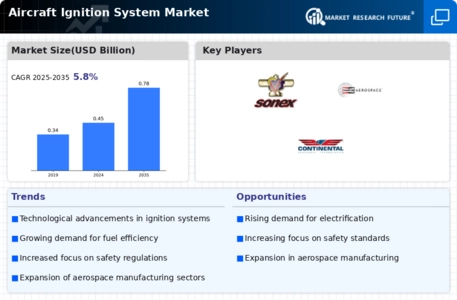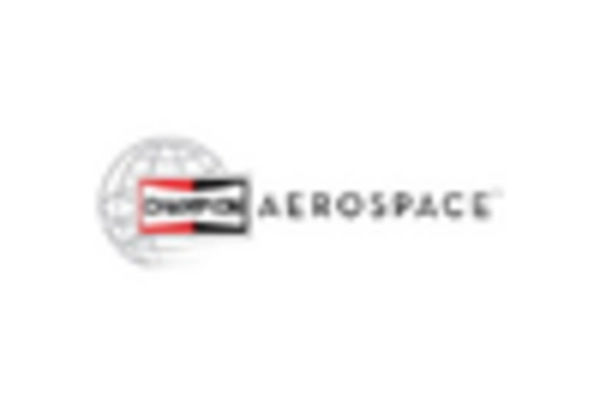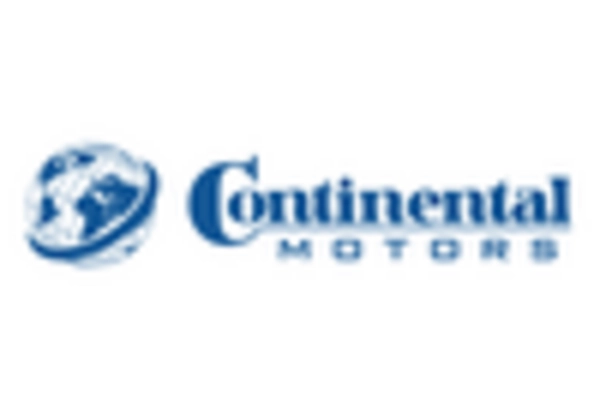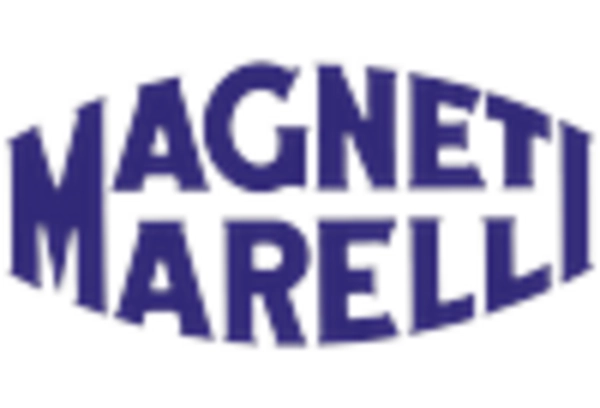Market Trends
Key Emerging Trends in the Aircraft Ignition System Market
The aircraft ignition system market has been witnessing notable trends and advancements, driven by technological innovations, regulatory requirements, and the demand for improved reliability and performance in aircraft engines. One significant trend in the aircraft ignition system market is the adoption of electronic ignition systems (EIS) as a replacement for traditional magneto-based ignition systems in piston-engine aircraft. EIS offers several advantages over conventional magnetos, including greater efficiency, precision timing control, and enhanced reliability. By eliminating mechanical components prone to wear and maintenance issues, EIS reduces maintenance costs, improves engine performance, and enhances overall safety and reliability in aircraft operations.
Moreover, there is a growing demand for advanced ignition system technologies to meet evolving regulatory requirements and emissions standards in the aviation industry. Aircraft manufacturers and operators are investing in innovative ignition system solutions that comply with stringent environmental regulations, such as the International Civil Aviation Organization's (ICAO) emissions standards and the Federal Aviation Administration's (FAA) airworthiness regulations. Advanced ignition systems with improved combustion efficiency and reduced emissions play a crucial role in meeting these regulatory requirements, ensuring compliance with environmental mandates and reducing the environmental footprint of aircraft operations.
Additionally, the aircraft ignition system market is witnessing increasing integration of digital and electronic control systems to enhance ignition timing precision, optimize engine performance, and enable adaptive ignition strategies based on real-time operating conditions. Digital engine control units (ECUs) and electronic ignition controllers leverage sensor data and advanced algorithms to adjust ignition timing, spark intensity, and fuel-air mixture ratios dynamically, maximizing engine efficiency and power output across the entire operating envelope. This trend towards digitalization and electronic control enables aircraft engines to operate more efficiently, reliably, and safely, while also facilitating engine diagnostics and condition monitoring for predictive maintenance.
Furthermore, there is a growing focus on lightweight and compact ignition system designs to meet the weight and space constraints of modern aircraft engines, particularly in the general aviation and unmanned aerial vehicle (UAV) segments. Aircraft ignition system manufacturers are developing compact, high-performance ignition modules and components that offer a balance of power, efficiency, and durability while minimizing size and weight. These lightweight ignition systems enable aircraft designers to optimize weight distribution, improve fuel efficiency, and enhance overall aircraft performance without compromising reliability or safety.
Another notable trend in the aircraft ignition system market is the integration of advanced materials and manufacturing techniques to enhance durability, reliability, and service life of ignition system components. Aircraft ignition system manufacturers are utilizing advanced materials such as ceramics, composites, and high-temperature alloys to improve ignition coil insulation, spark plug electrodes, and other critical components. Additionally, advancements in additive manufacturing (3D printing) enable the production of complex ignition system parts with intricate geometries and improved performance characteristics, further enhancing the reliability and efficiency of aircraft ignition systems.

















Leave a Comment